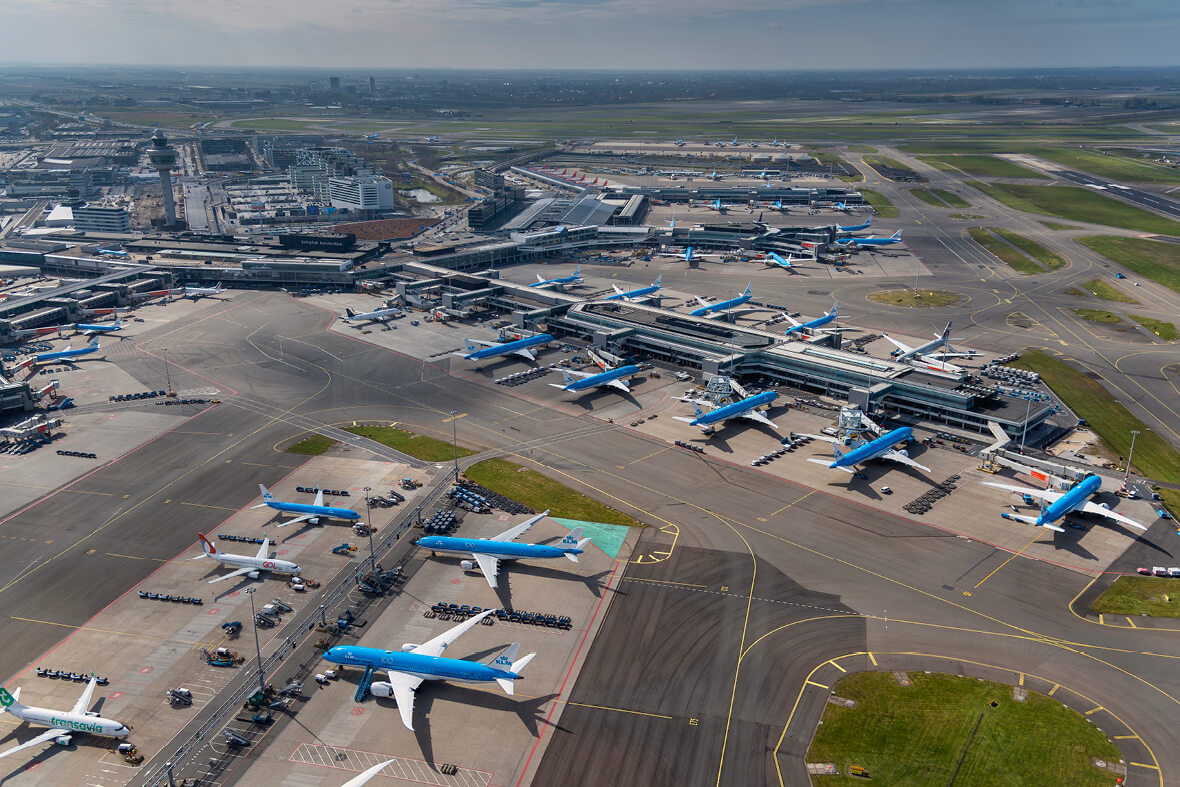After navigating last year’s extraordinary challenges, air freight and the entire logistics sector and its customers have continued to battle this year with a further set of unprecedented circumstances.
For those with still-collapsed passenger-related businesses, the challenges may still be existential. For freighter specialists, it may mean coping with rapid growth and volatility. And customers and supply chains face different, major issues. As Kuehne + Nagel’s Frank Sumerler observes on page 32: “We have had crises before, but never before both sea freight and air freight at the same time… for a sustained period.”
With the return of long haul widebody passenger services to pre-pandemic levels still some way away, Sumerler expects forwarders will continue relying on freighter capacity much more than pre-pandemic for the foreseeable future – and for the trend among forwarders to build their own-controlled freighter capacity networks to continue.
It seems this winter’s peak season is going to be a particularly severe bunfight, with most scheduled and charter capacity booked well in advance, and Covid-related shutdowns adding to the complexity, volatility, and crunch on capacity. ACL Airshop’s Steve Townes offers some tips on page 30 on managing a super-peak.
Meanwhile, air freight continues to play a vital role distributing vaccines and other key products globally. Leading pharma logistics players have been learning lessons triggered by the pandemic, and its ‘accelerator effect’ in certain areas (page 38). The rising collaboration between stakeholders in some cargo communities and organisations like Pharma.Aero are impressive examples.
Many see the work being done via leading airport cargo communities, systems and platforms as game-changing, (page 18) with the arrival of cloud-based technology supporting a new breed of collaborative ecosystems offering the potential to significantly improve transparency and efficiency of cargo processes and resources. Frontrunners are beginning to see some benefits of this.
And as Menzies’ Rory Fidler points out in the Handling Technology article on page 4, as the flow of data between handlers, airlines and forwarders improves, airlines and forwarders “are getting to the point of shedding the paranoia about sharing the air waybill data on a platform”.
This seems to be key to accelerating change management via new technology: once people see the benefits outweigh the risks of sharing data, they come on board. As many of us have in sharing our personal data with the likes of Google, Amazon and various social media and networking platforms. Up to a point!
And as GSSAs have found (page 10), we don’t need to see automation technology as a threat , even if it replaces some of what we do. Despite airlines’ growing use of digital sales and booking platforms, sales is just a small part of a GSSA’s role. And GSSAs are continuing to see strong growth, as carriers seek to outsource ever more of their cargo functions. They just may spend a bit less time emailing rates sheets – or faxing them…












